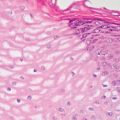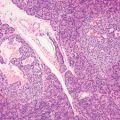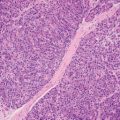10 Fatty lesions in the liver range from the more common fatty hepatocellular lesions to the rare primary fatty mesenchymal lesions. They can be divided into true neoplastic lesions, such as hepatocellular carcinoma and hepatocellular adenoma; neoplastic mimics, such as focal fatty change, lipomatous type of angiomyolipoma, myelolipoma, and pseudolipoma; and metastatic lesions such as renal cell carcinoma (see Table 10.1). Focal fatty change is a localized collection of hepatocytes that undergo severe fatty change and are distinctly different from the adjacent nonfatty hepatic parenchyma. Focal fatty change is often referred to as focal steatosis or focal fatty metamorphosis. Although the exact pathogenesis is unknown, the localized accumulation of fat may be caused by a localized effect of vascular anomaly, specifically by an aberrant increase in insulin supply by the portal vein (505). Focal fatty change is asymptomatic and often encountered during metastatic workup, and thus may be mistaken for a neoplasm clinically. Confusion of focal fatty change with metastases is well known in the radiologic literature (506,507). An increased incidence of focal fatty change has been observed in postgastrectomy patients, most likely due to the presence of aberrant venous branches of the parabiliary venous plexus (508).
Fatty Neoplastic Mimics of the Liver
INTRODUCTION
FOCAL FATTY CHANGE
Stay updated, free articles. Join our Telegram channel

Full access? Get Clinical Tree













